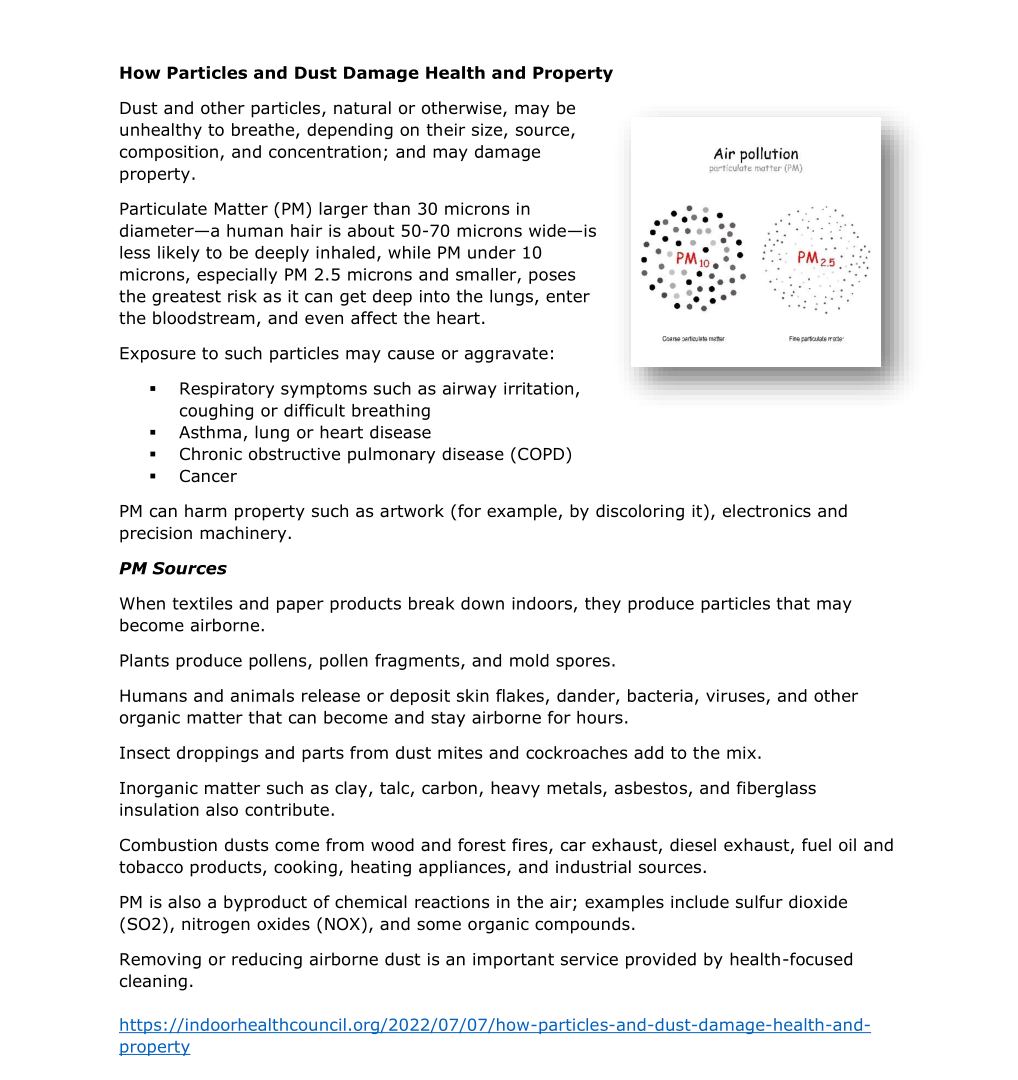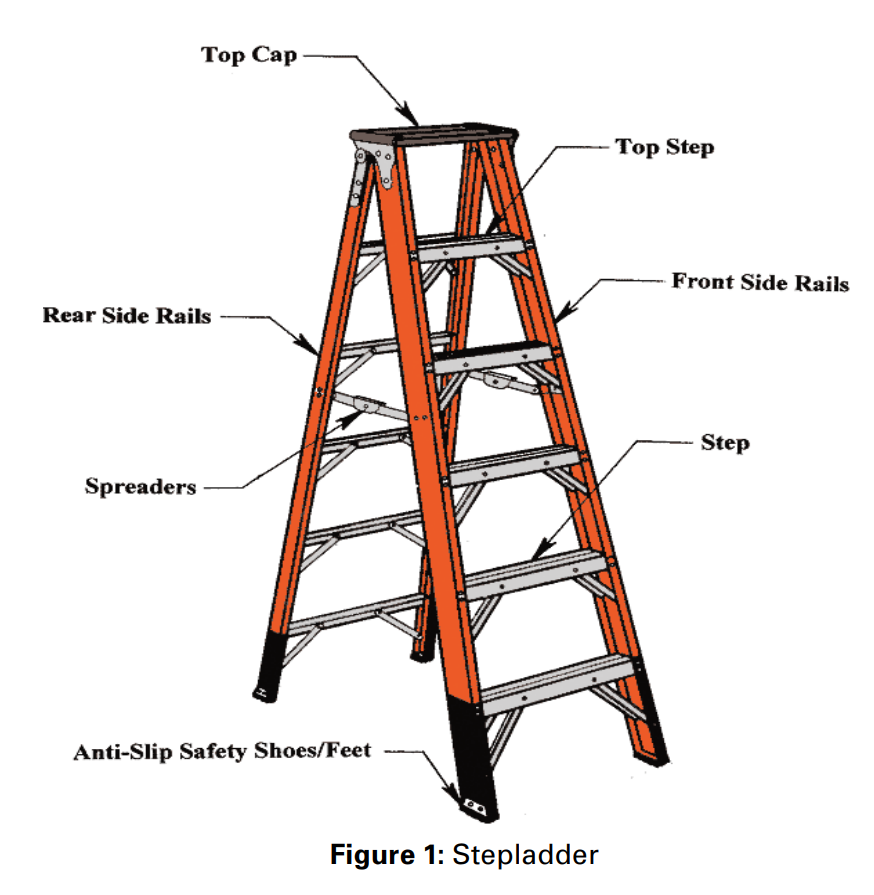How Particles and Dust Damage Health and Property
Particulate Matter (PM) larger than 30 microns in diameter—a human hair is about 50-70 microns wide—is less likely to be deeply inhaled, while PM under 10 microns, especially PM 2.5 microns and smaller, poses the greatest risk as it can get deep into the lungs, enter the bloodstream, and even affect the heart.
Exposure to such particles may cause or aggravate:
- Respiratory symptoms such as airway irritation, coughing or difficult breathing
- Asthma, lung or heart disease
- Chronic obstructive pulmonary disease (COPD)
- Cancer
PM can harm property such as artwork (for example, by discoloring it), electronics and precision machinery.
PM Sources
When textiles and paper products break down indoors, they produce particles that may become airborne.
Plants produce pollens, pollen fragments, and mold spores.
Humans and animals release or deposit skin flakes, dander, bacteria, viruses, and other organic matter that can become and stay airborne for hours.
Insect droppings and parts from dust mites and cockroaches add to the mix.
Inorganic matter such as clay, talc, carbon, heavy metals, asbestos, and fiberglass insulation also contribute.
Combustion dusts come from wood and forest fires, car exhaust, diesel exhaust, fuel oil and tobacco products, cooking, heating appliances, and industrial sources.
PM is also a byproduct of chemical reactions in the air; examples include sulfur dioxide (SO2), nitrogen oxides (NOX), and some organic compounds.
Removing or reducing airborne dust is an important service provided by health-focused cleaning.
[Adapted from Protecting the Built Environment—Cleaning for Health, by Dr. Michael Berry, pages 65-66]
Copyright © 2023 Indoor Health Council – All Rights Reserved.





